Home>Gardening & Outdoor>Landscaping Ideas>How Long Does It Take Dead Grass To Grow Back
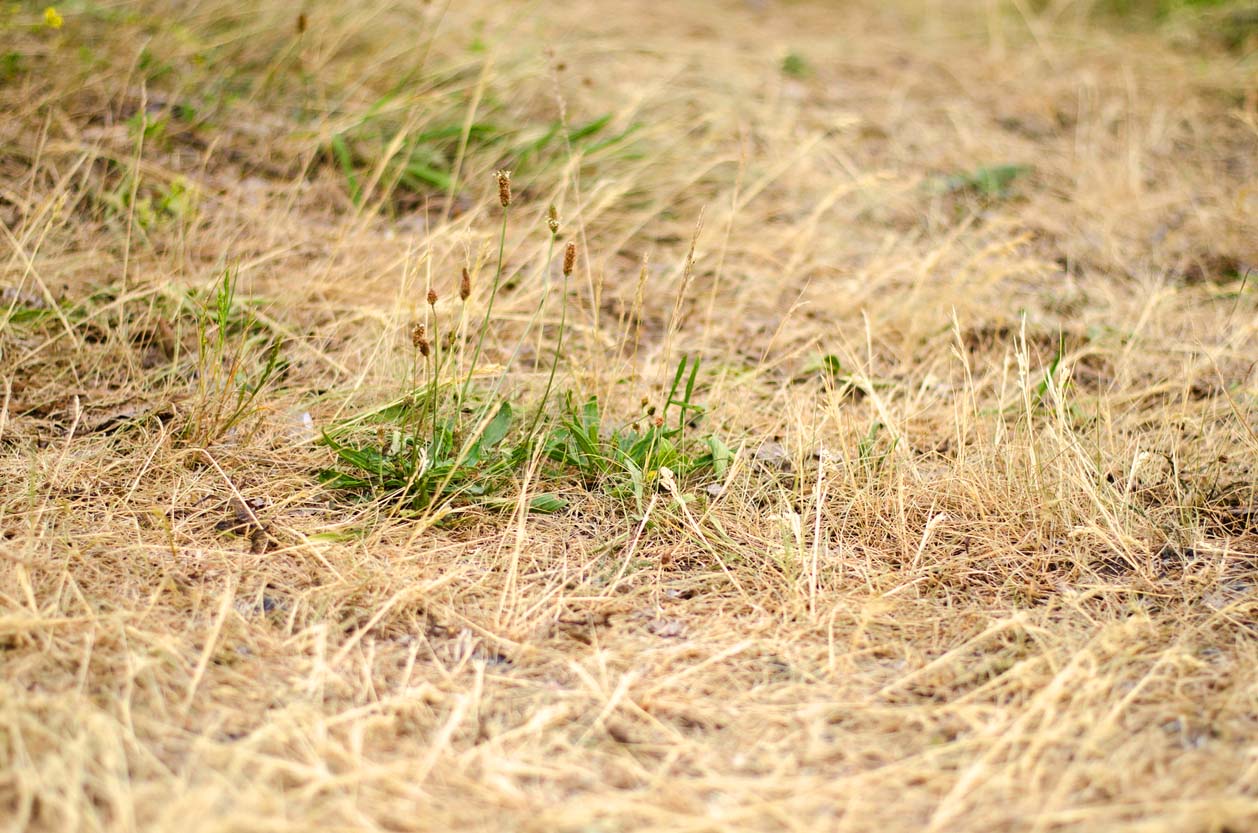

Landscaping Ideas
How Long Does It Take Dead Grass To Grow Back
Modified: February 18, 2024
Learn expert landscaping ideas for reviving dead grass and find out how long it takes for your lawn to grow back to its lush, green state. Discover effective strategies for rejuvenating your yard today!
(Many of the links in this article redirect to a specific reviewed product. Your purchase of these products through affiliate links helps to generate commission for Storables.com, at no extra cost. Learn more)
Introduction
When your once-lush lawn turns into a patchy expanse of dead grass, the urge to restore its former glory can be overwhelming. However, the journey from barren to beautiful isn’t instantaneous. It requires patience, effort, and an understanding of the factors influencing grass regrowth. In this guide, we’ll explore the intricacies of dead grass regrowth, including the types of dead grass and their regrowth timelines, as well as valuable tips for expediting the rejuvenation process. By the end, you’ll be equipped with the knowledge to breathe new life into your lawn and witness the vibrant green resurgence you’ve been longing for.
Key Takeaways:
- Patience and proactive measures are key to reviving dead grass. Factors like grass type, soil conditions, and maintenance practices influence regrowth. Tailoring strategies can expedite the process for a lush lawn.
- Aeration, overseeding, and strategic watering can speed up grass regrowth. Understanding the types of dead grass and their regrowth timelines helps in targeted restoration efforts. Embrace the journey from barren to beautiful with informed lawn care.
Read more: How To Grow Back Dead Grass
Factors Affecting Grass Regrowth
Regenerating a lawn from dead grass involves a complex interplay of various factors, each exerting a distinct influence on the regrowth process. Understanding these factors is crucial for devising an effective regrowth strategy.
- Grass Type: Different grass species exhibit varying regrowth rates. For instance, warm-season grasses like Bermuda and Zoysia tend to recover more rapidly in warm climates, while cool-season grasses such as Kentucky bluegrass and fescue thrive in cooler environments.
- Soil Conditions: The health and composition of the soil play a pivotal role in grass regrowth. Factors such as soil pH, nutrient levels, compaction, and drainage profoundly impact the ability of grass to rejuvenate. Aerating the soil and addressing nutrient deficiencies can significantly expedite regrowth.
- Watering: Adequate and consistent watering is essential for facilitating grass regrowth. Insufficient hydration can impede the recovery process, while overwatering may lead to fungal diseases that hinder regrowth. Striking the right balance is paramount.
- Temperature: The ambient temperature profoundly influences the speed of grass regrowth. Warm-season grasses thrive in higher temperatures, while cool-season varieties prefer milder conditions. Understanding the optimal temperature ranges for specific grass types is crucial for fostering rapid regrowth.
- Weeds and Pests: The presence of weeds and pests can impede grass regrowth by competing for resources or causing direct damage. Implementing effective weed control and pest management measures is essential for creating an optimal environment for regrowth.
- Maintenance Practices: Proper mowing, fertilization, and weed control contribute to the overall health of the lawn and can significantly impact the regrowth of dead grass. Adopting appropriate maintenance practices is vital for nurturing a conducive environment for regrowth.
By comprehending and addressing these influential factors, you can pave the way for a more efficient and successful dead grass regrowth process.
Types of Dead Grass and Their Regrowth Time
Dead grass can manifest in various forms, each with its distinct characteristics and regrowth timelines. Understanding these types is instrumental in formulating a tailored approach to rejuvenating your lawn.
1. Thatch-Covered Dead Grass: When dead grass accumulates as a dense layer of thatch, regrowth can be impeded. Thatch inhibits water and nutrient penetration, hindering the emergence of new grass blades. Regenerating grass in thatch-laden areas may take longer due to the need for thatch removal and soil aeration to create a conducive environment for regrowth.
2. Patchy Dead Grass: Patchy dead grass, characterized by sporadic areas of dead turf within an otherwise live lawn, may result from factors such as pet urine, disease, or localized stress. Regrowth in these areas can vary based on the underlying cause. For instance, addressing pet urine spots may expedite regrowth, while areas affected by disease may require targeted treatment and reseeding.
3. Completely Dead Grass: In cases where the grass is entirely deceased, the regrowth process hinges on factors such as grass type, soil conditions, and maintenance practices. Warm-season grasses typically rejuvenate more swiftly in favorable conditions, while cool-season varieties may take longer, especially in warmer climates.
Regrowth times for dead grass can range from a few weeks to several months, contingent on the aforementioned factors and the specific characteristics of the affected areas.
By discerning the types of dead grass and their associated regrowth timelines, you can tailor your regrowth efforts to suit the unique requirements of each scenario, ultimately fostering a more efficient and targeted approach to lawn restoration.
Dead grass can take 2-6 weeks to grow back, depending on the type of grass and the conditions. Watering, fertilizing, and overseeding can help speed up the process.
Tips for Speeding Up Grass Regrowth
While grass regrowth is a natural process, there are several proactive measures you can implement to expedite the rejuvenation of your lawn. By leveraging these tips, you can accelerate the regrowth timeline and witness a verdant resurgence in your outdoor space.
- Aerate the Soil: Compacted soil restricts the flow of air, water, and nutrients to the grassroots, impeding regrowth. Aerating the soil alleviates compaction, fostering an optimal environment for new grass to emerge.
- Overseed Bare Patches: Reseeding bare patches with high-quality grass seed can expedite regrowth and fill in areas where the turf has perished. Opt for seeds that align with your existing grass type for seamless integration.
- Optimize Watering Practices: Consistent, deep watering promotes robust root development and accelerates regrowth. Water in the early morning to minimize evaporation and fungal issues, and adjust the frequency based on the specific needs of your grass type and local climate.
- Address Soil pH and Nutrient Imbalances: Conduct a soil test to assess pH levels and nutrient deficiencies. Amending the soil with appropriate fertilizers and soil conditioners can create an ideal foundation for rapid grass regrowth.
- Mow at the Correct Height: Adjust your mower to the recommended height for your grass type. Proper mowing encourages healthy regrowth and prevents stress on the recovering turf.
- Implement Weed Control: Weeds can impede grass regrowth by competing for resources. Effective weed control measures can mitigate this competition, allowing the grass to thrive unhindered.
- Monitor and Mitigate Pest Issues: Identify and address pest infestations promptly to prevent further damage to the recovering grass. Implementing integrated pest management strategies can safeguard the regrowth process.
- Provide Adequate Nutrients: Apply a balanced fertilizer to provide essential nutrients for vigorous regrowth. Select a fertilizer tailored to your grass type and apply it according to the recommended schedule.
By integrating these tips into your lawn care regimen, you can actively promote and expedite the regrowth of dead grass, fostering a lush, revitalized lawn in a shorter timeframe.
Conclusion
Reviving a lawn marred by dead grass is a journey that demands patience, understanding, and proactive intervention. By delving into the factors influencing grass regrowth, discerning the types of dead grass and their regrowth timelines, and implementing targeted strategies to expedite the process, you can orchestrate a remarkable transformation in your outdoor space.
Embracing the nuances of grass regrowth empowers you to navigate the intricacies of lawn restoration with confidence and efficacy. Whether you’re contending with thatch-covered areas, patchy spots, or entirely deceased turf, tailoring your approach to the specific needs of each scenario is pivotal for fostering rapid and enduring regrowth.
As you embark on this regrowth endeavor, remember that the interplay of soil conditions, maintenance practices, and external factors profoundly shapes the regrowth trajectory. By optimizing these variables and leveraging targeted interventions such as aeration, overseeding, and strategic watering, you can catalyze the emergence of vibrant, resilient grass that revitalizes your outdoor oasis.
Ultimately, the journey from dead grass to a lush, thriving lawn is a testament to the transformative power of informed, proactive lawn care. By nurturing your turf with patience, expertise, and a touch of creativity, you can cultivate a landscape that embodies the beauty and vitality you envision.
Armed with a deeper understanding of grass regrowth and an arsenal of effective regrowth strategies, you’re poised to embark on a regenerative odyssey that culminates in a resplendent, rejuvenated lawn – a testament to the enduring allure of nature’s regenerative prowess.
Frequently Asked Questions about How Long Does It Take Dead Grass To Grow Back
Was this page helpful?
At Storables.com, we guarantee accurate and reliable information. Our content, validated by Expert Board Contributors, is crafted following stringent Editorial Policies. We're committed to providing you with well-researched, expert-backed insights for all your informational needs.
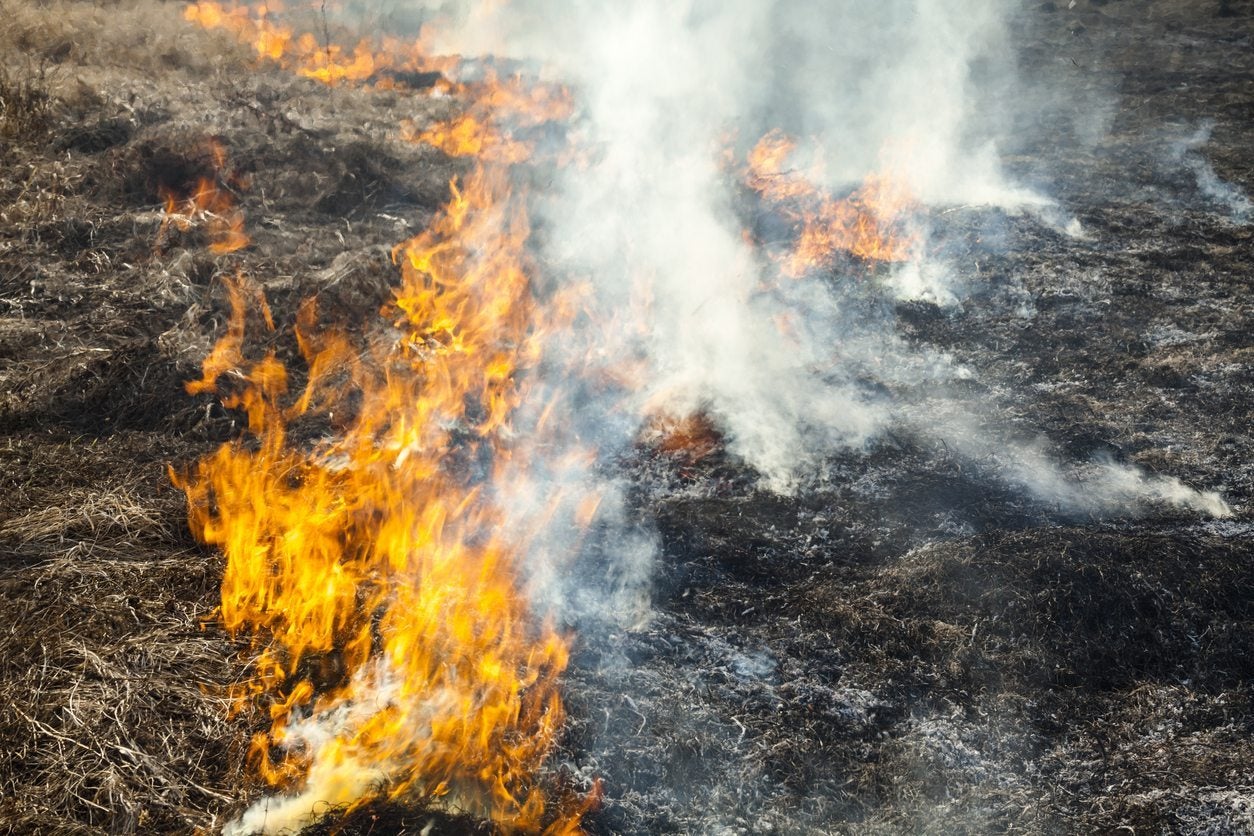
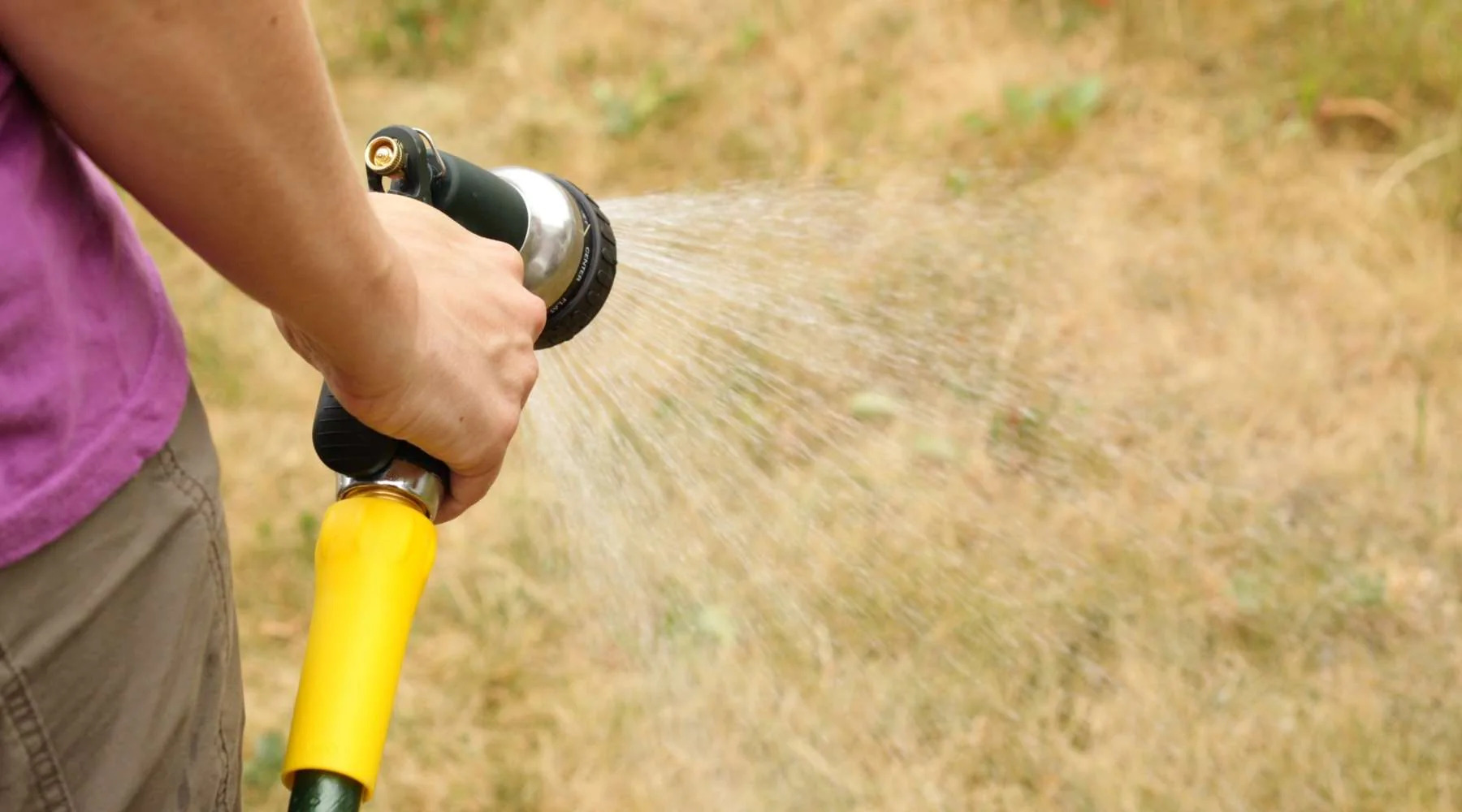
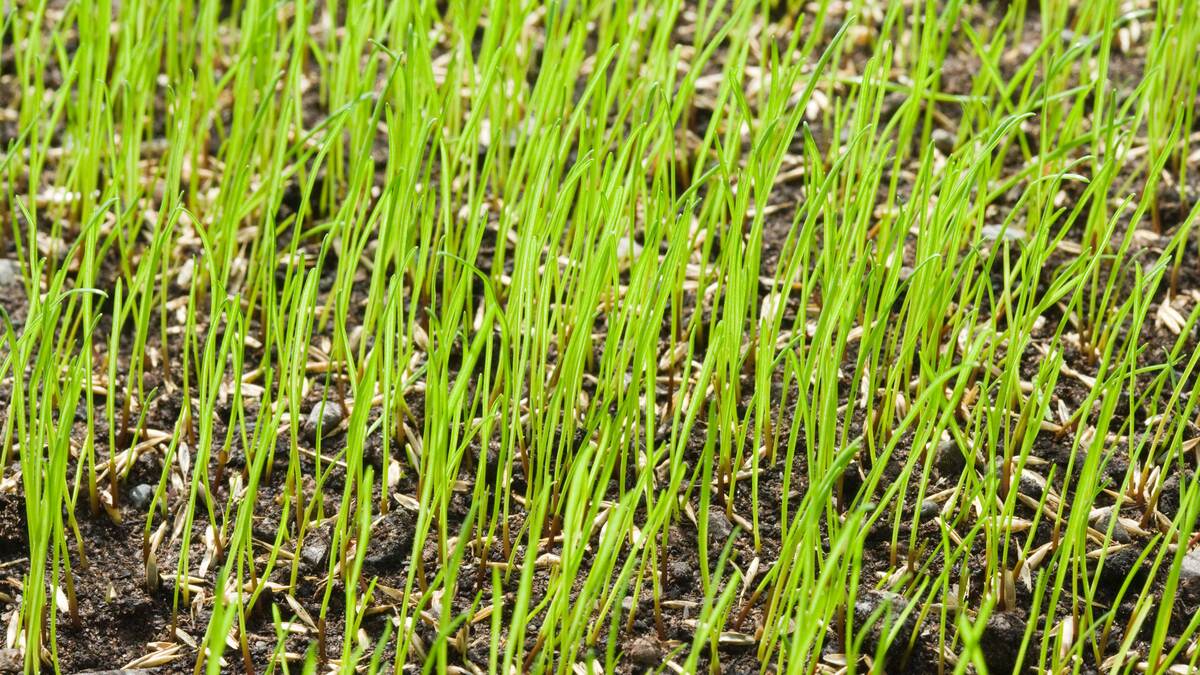
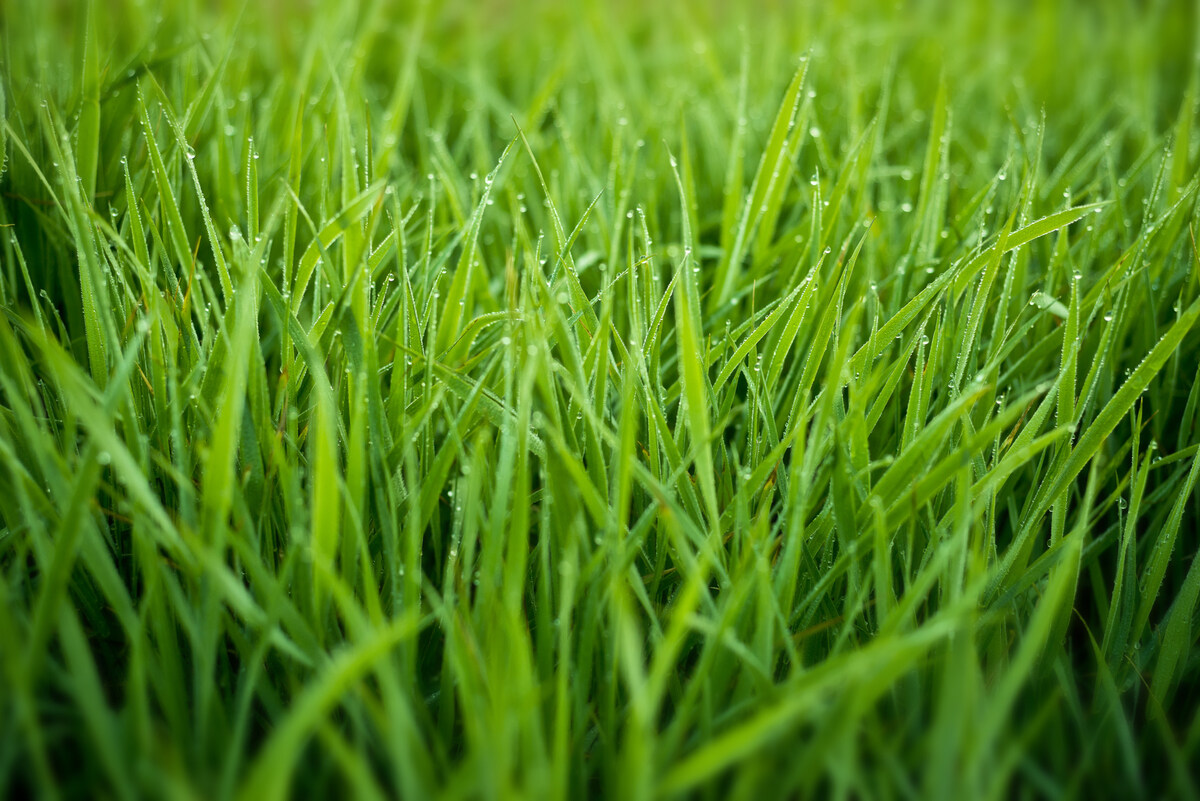
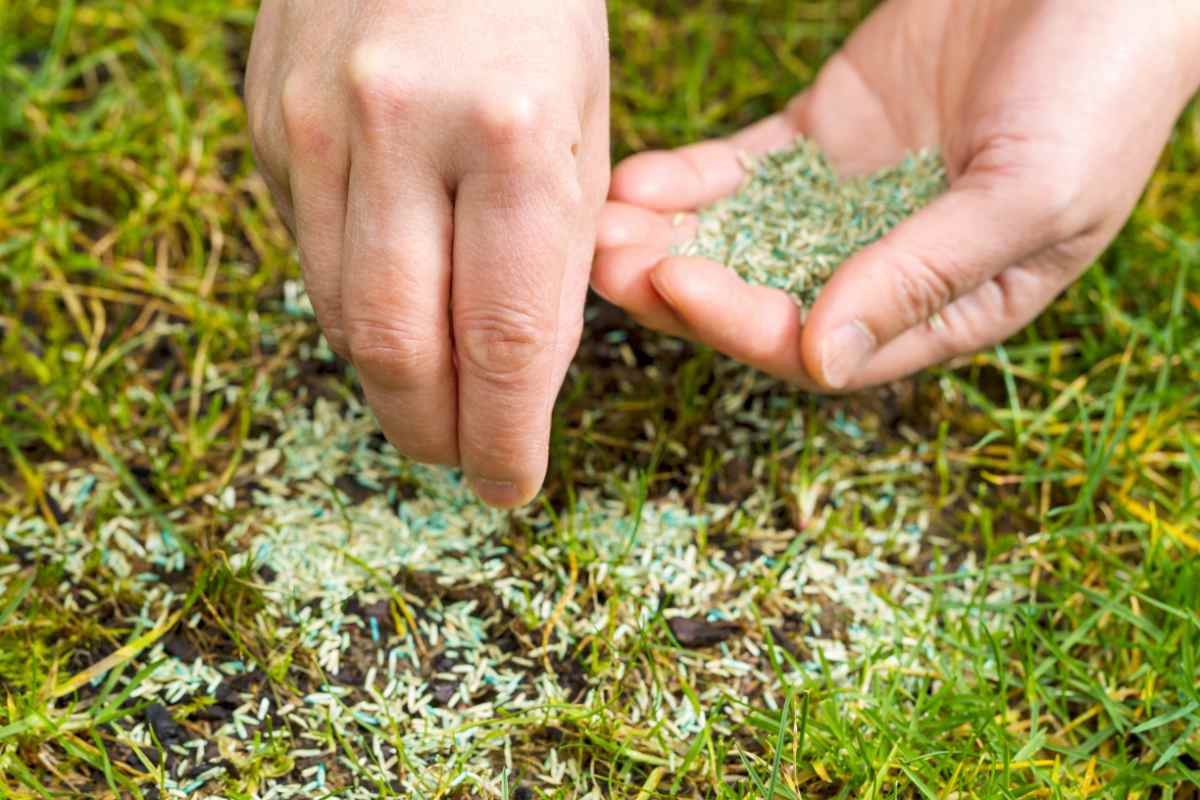
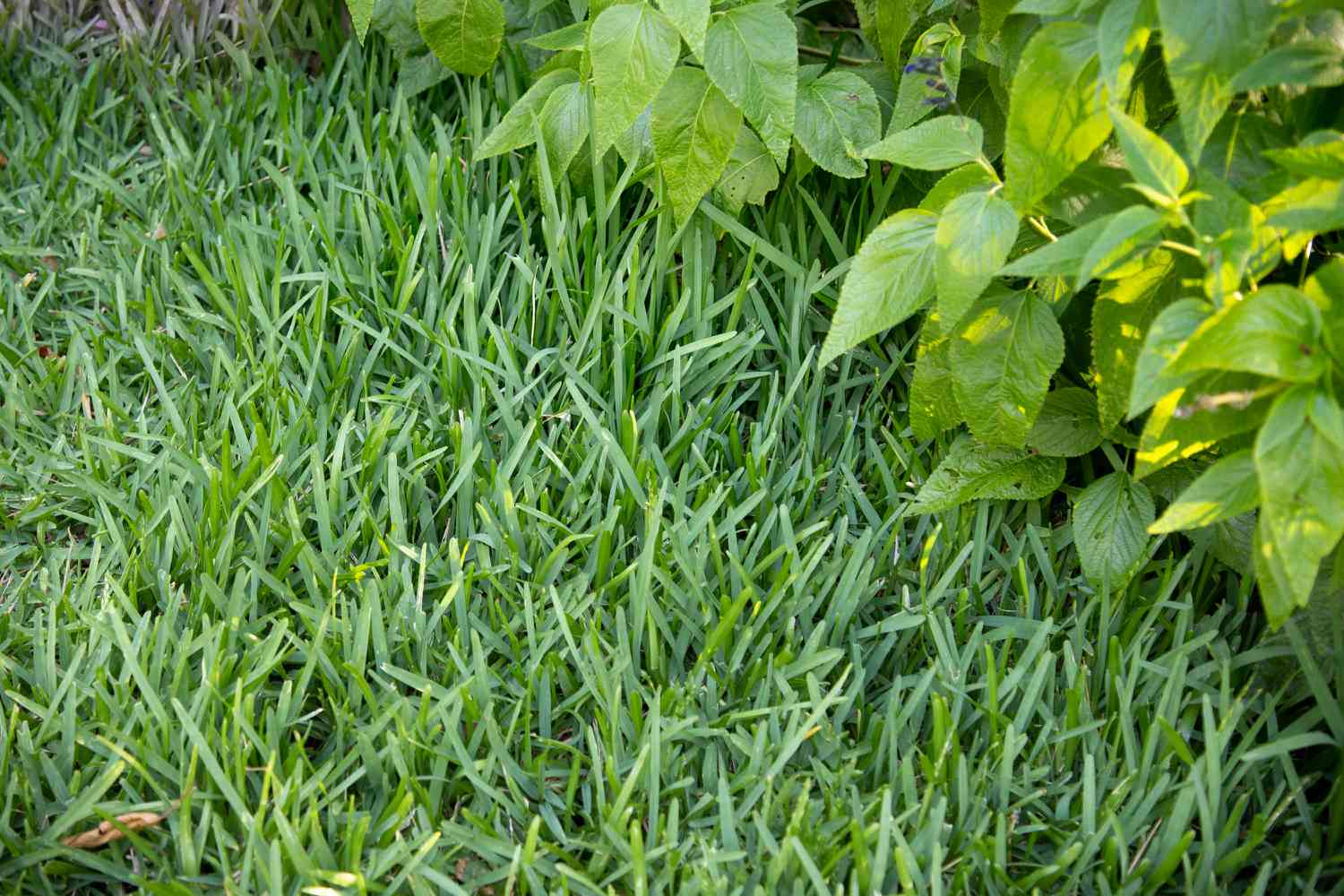
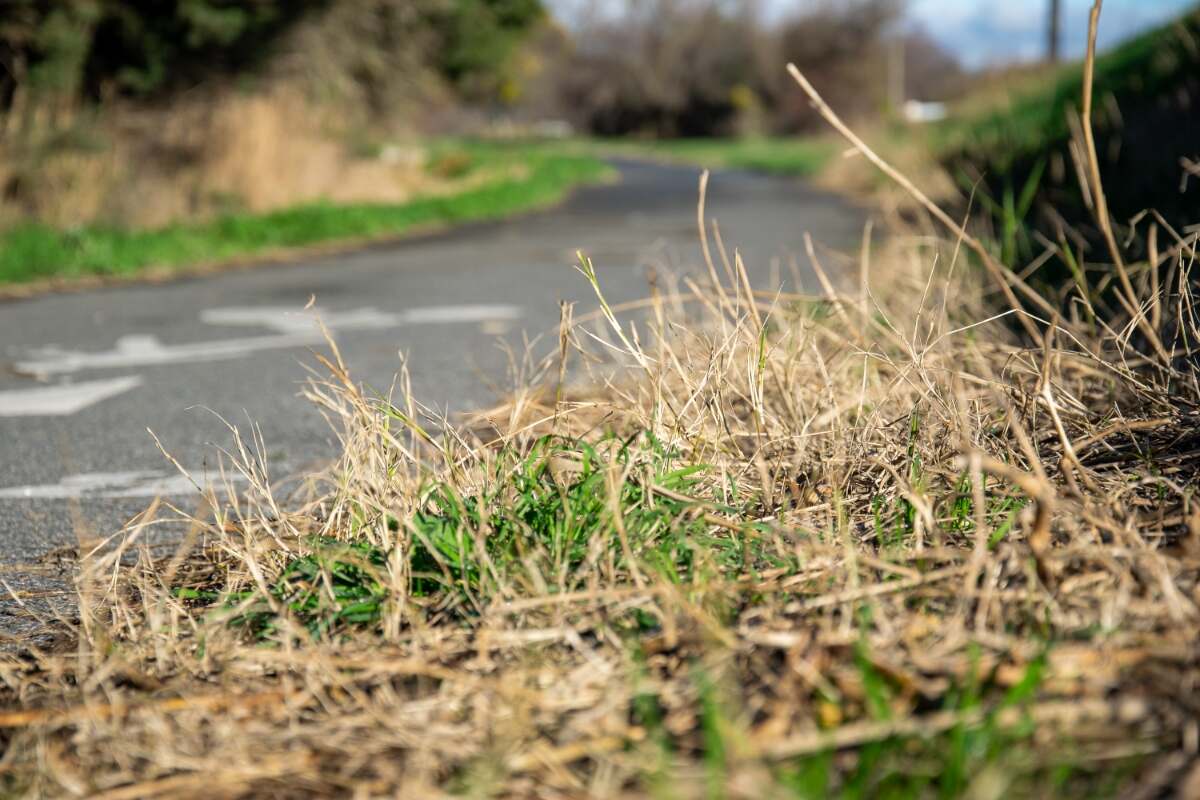
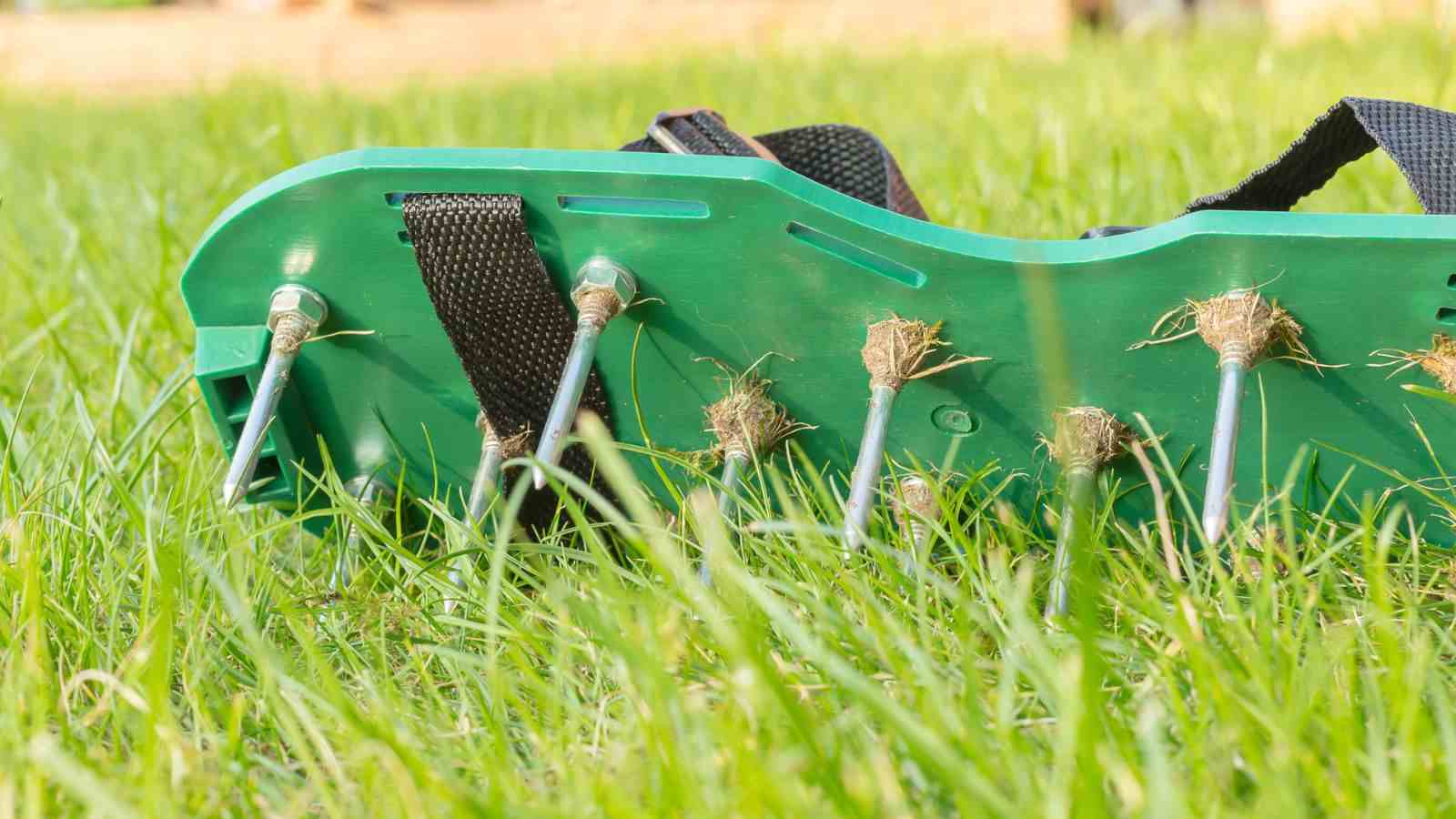
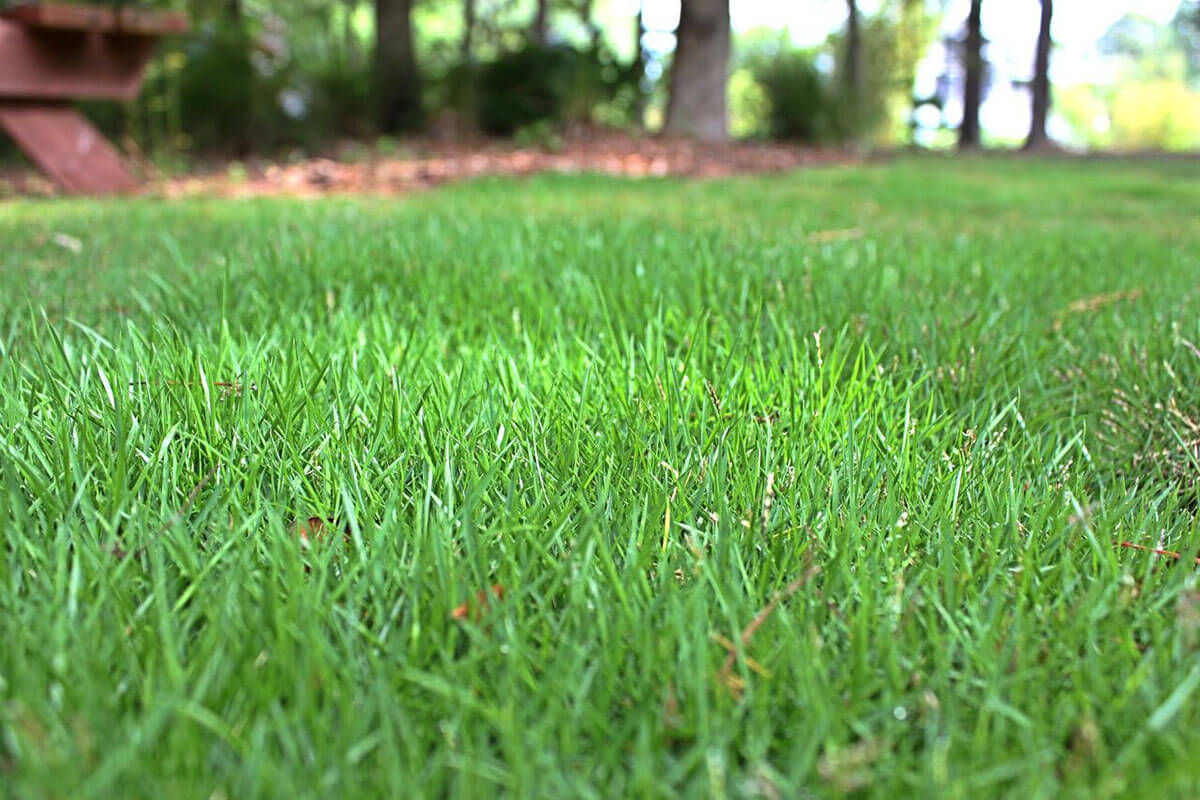
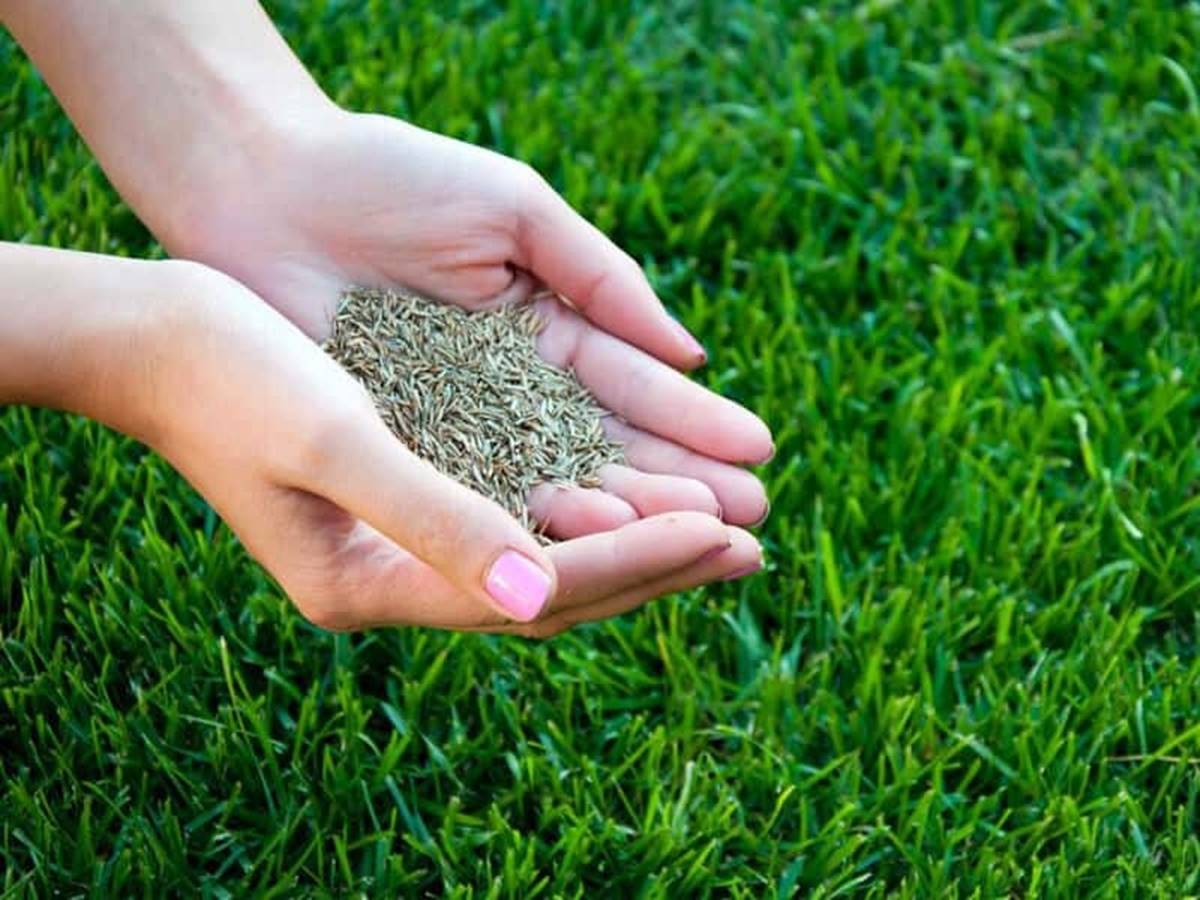
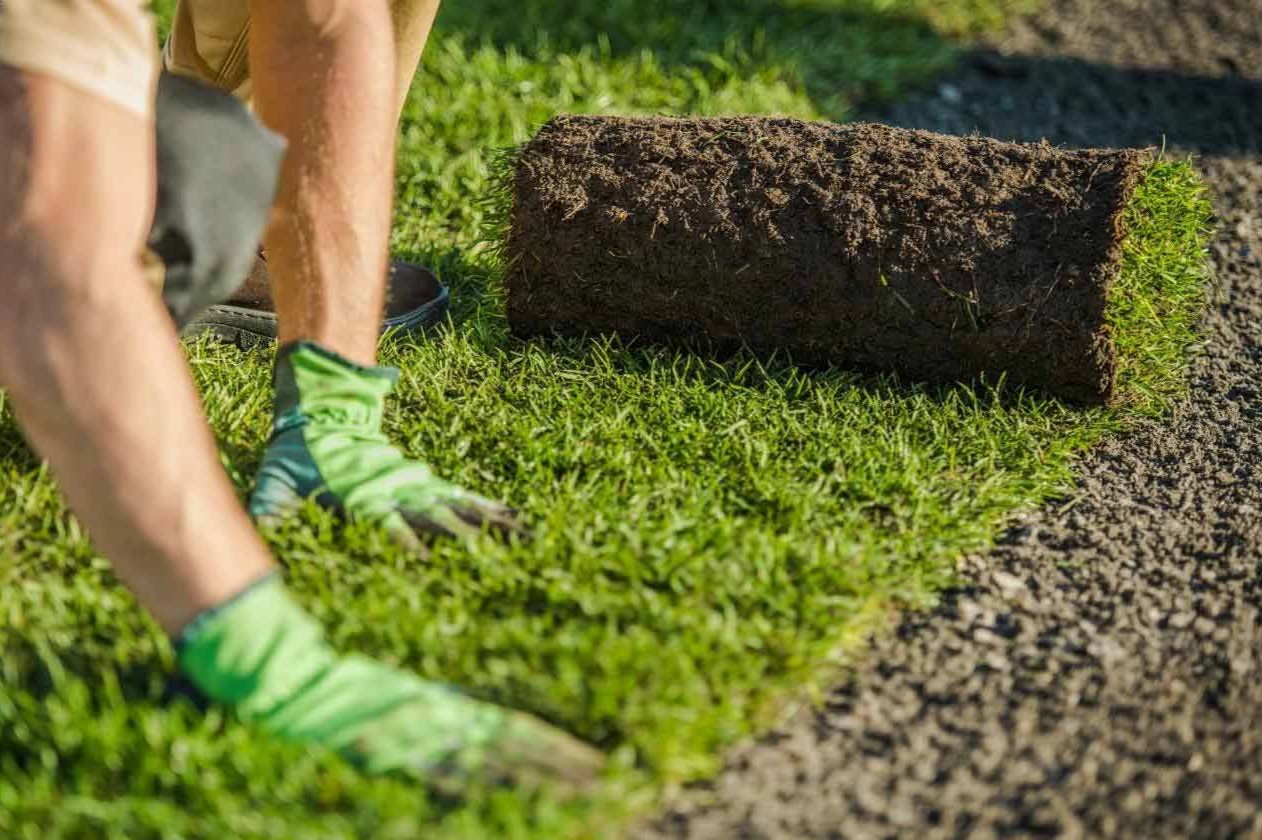
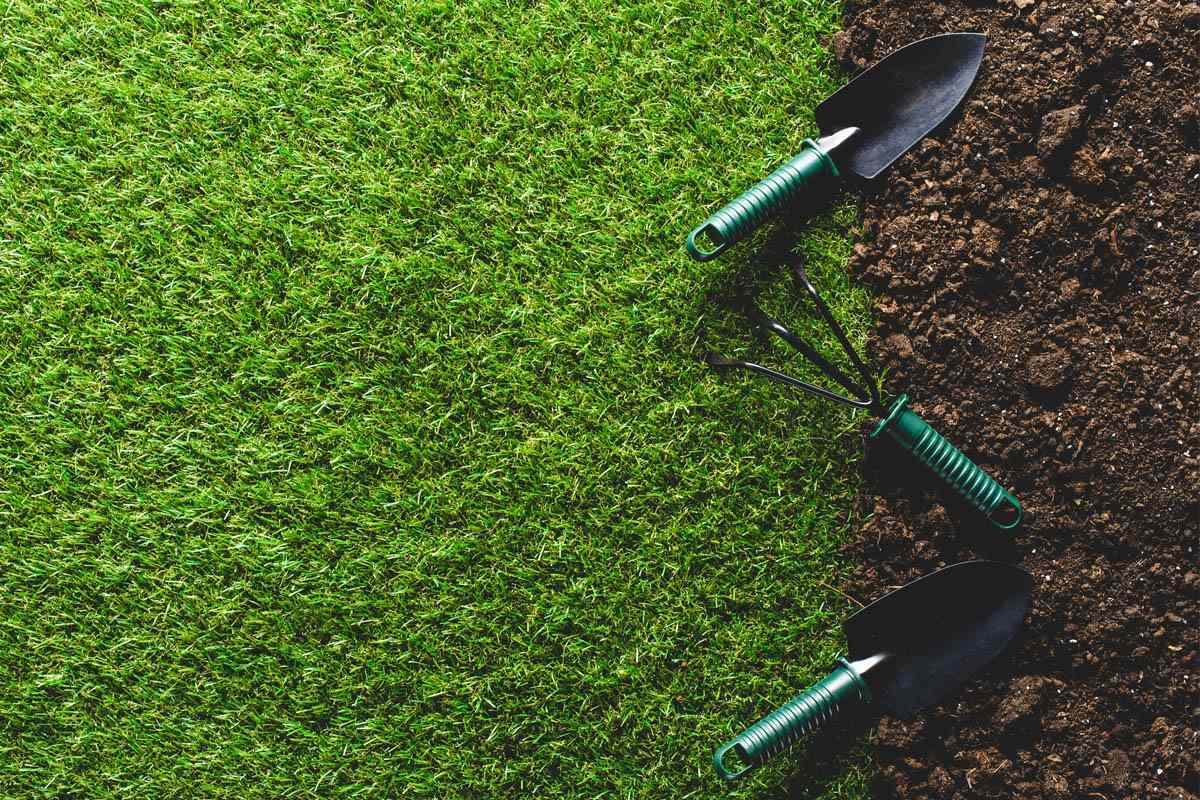
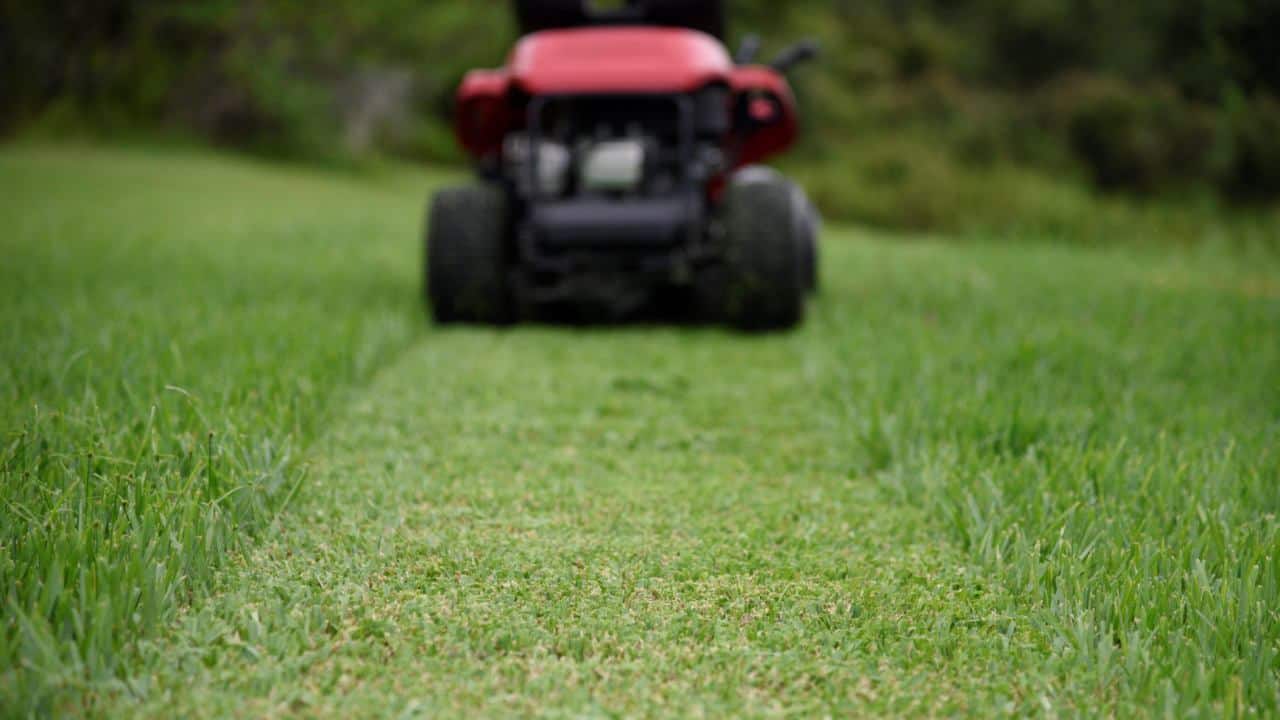
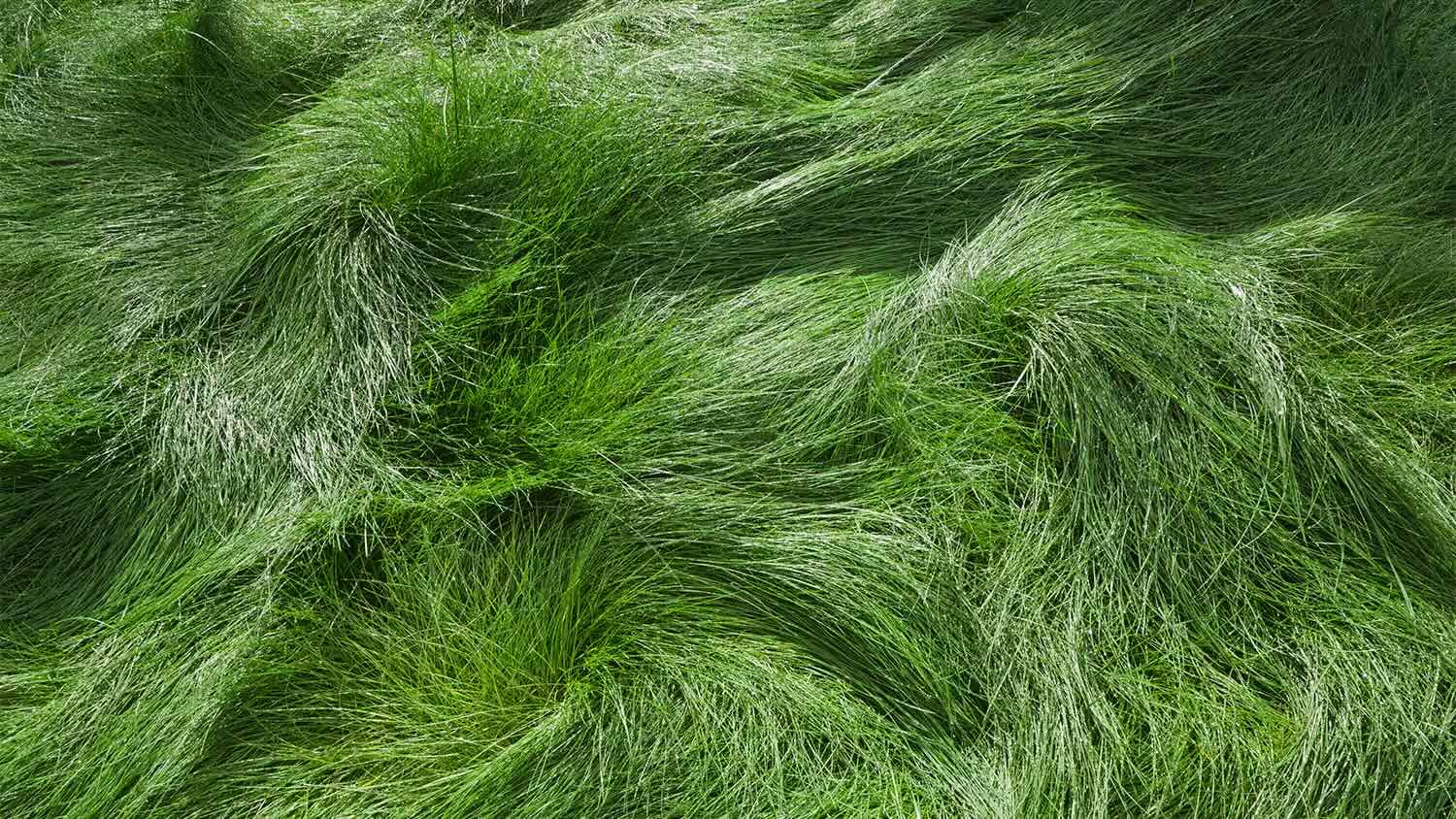
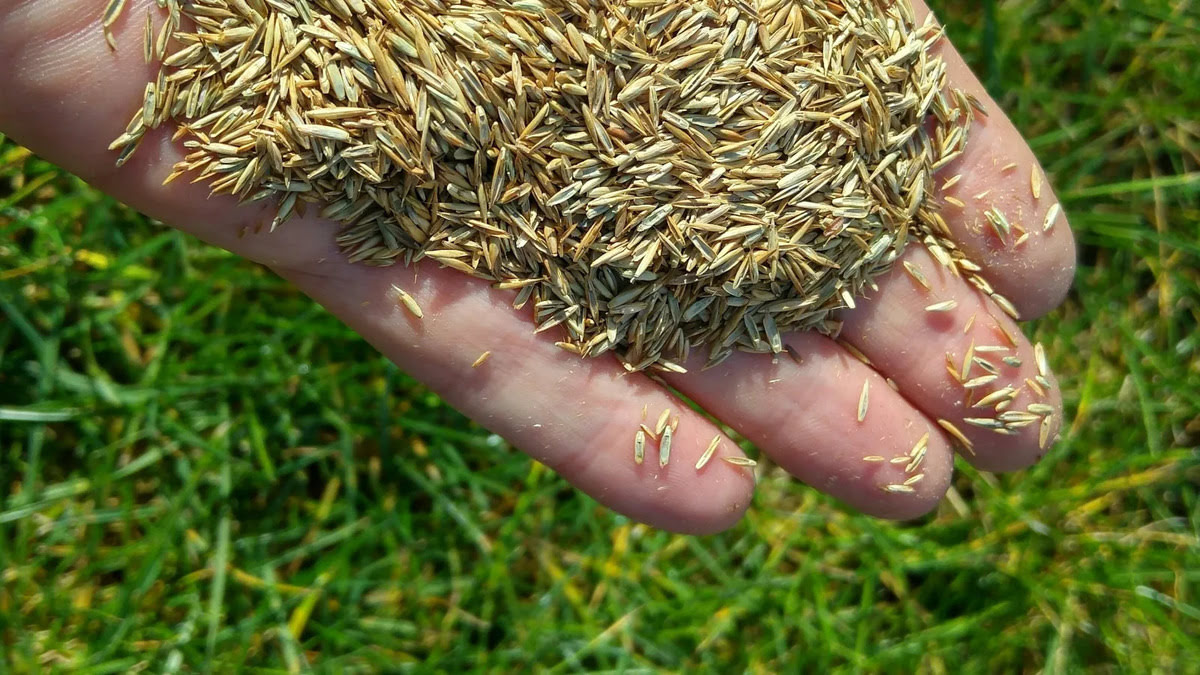

0 thoughts on “How Long Does It Take Dead Grass To Grow Back”